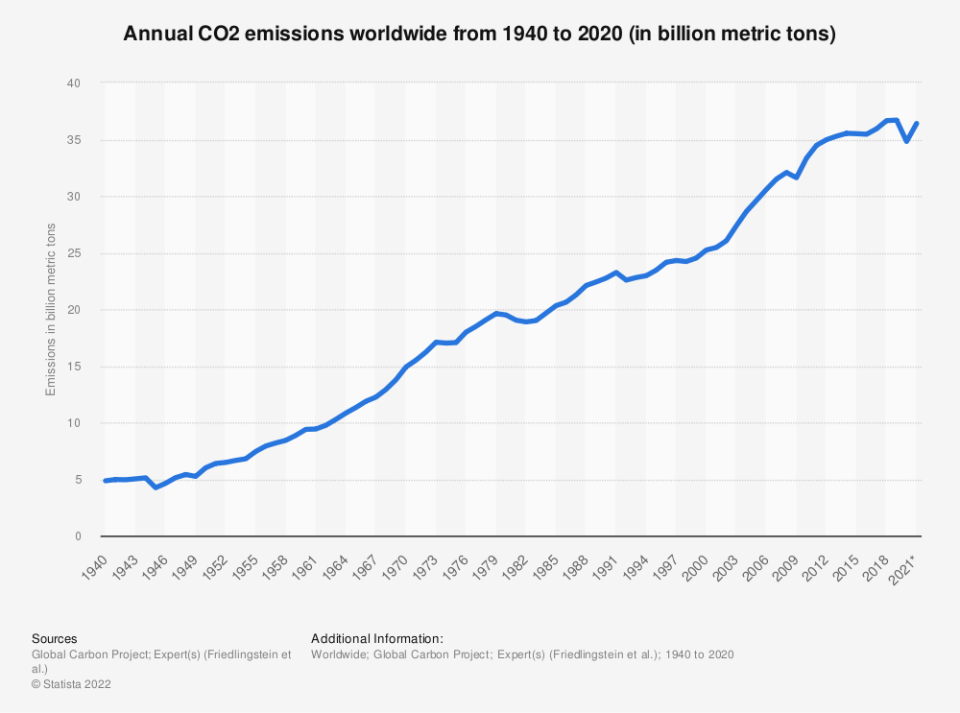The US is making a big down payment on climate change. Here's what needs to come next.
With the U.S. House expected to pass the most consequential climate change legislation in the nation’s history on Friday, environmentalists and advocates are chilling the champagne for a surprise victory.
Just a month ago, the Inflation Reduction Act of 2022 appeared doomed after an apparent breakdown in Senate negotiations. But an unexpected deal emerged, prompting a party-line vote Sunday that promised $369 billion for incentives to move the nation away from fossil fuels and toward renewable energy sources while putting more drivers in electric cars and making more homes energy efficient.
Expert analysis projects the measures will get the U.S. most of the way toward a goal of reducing greenhouse gas emissions by half by 2030. Market momentum and regulatory tweaks could take care of the rest.
Yet it may be premature to pop the cork just now. The ice, after all, is still melting.
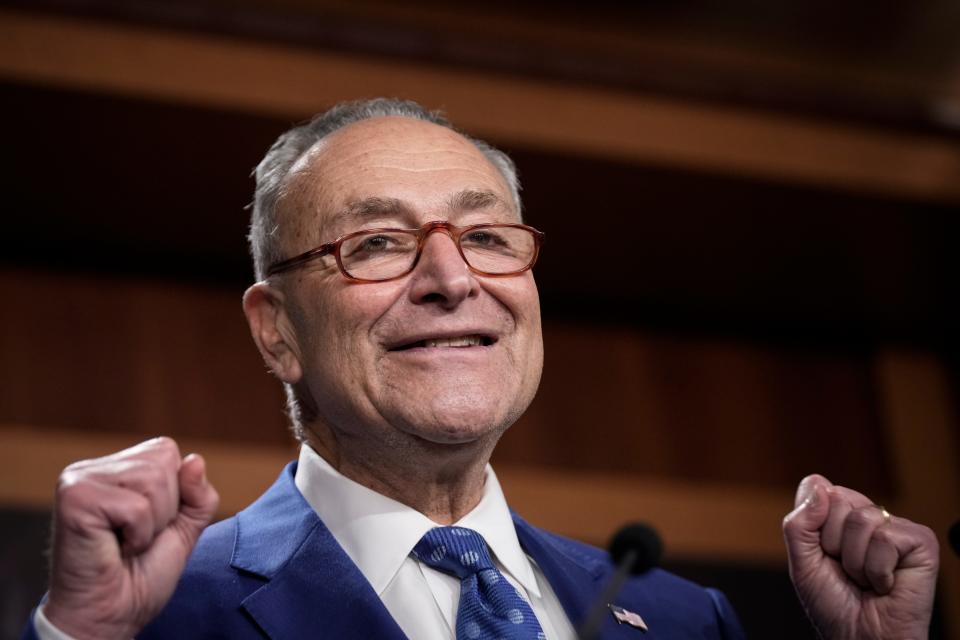
More: What's in the 'Inflation Reduction Act?" Everything you need to know.
As remarkable as the turnaround has been, the promise of the Inflation Reduction Act was never meant to solve climate change on its own. A bigger test comes in 2050, when climate scientists say essentially all of the world needs to reach net zero emissions, a point of equilibrium where the amount of carbon dioxide in the atmosphere stops growing and the climate stabilizes before it reaches a critical warming threshold of 2.7 degrees Fahrenheit.
Though this week’s news improves the odds of that outcome, experts say that it will take much more action to achieve and that events will have to keep breaking the right way.
“I’m more optimistic than I’ve ever been,” said Jonathan Foley, executive director of Project Drawdown, a nonprofit that ranks the importance of climate solutions. “But it’s a marathon, not a sprint. … We’ve got a lot of work to do.”
Just how far the Inflation Reduction Act will carry the U.S. – and what else might be needed – is a matter of debate among climate experts. Foley falls among those who are optimistic its effects could snowball and combine with private industry trends to drive an impact far greater than the 40% emission reductions many models predict.
More: 'Shouting distance': That's how close the Inflation Reduction Act would get US to its climate goals
So is Robbie Orvis, senior director of energy policy design at the San Francisco-based climate think tank Energy Innovation. Orvis envisions a scenario in which the bill does the heavy front-end lifting by researching new technologies, developing industrial solutions and bringing down the costs of renewables and electric cars. Then, market forces and some additional government intervention combine to push the transition across the finish line.
“Let’s focus on the 80 to 90% we know we need to do,” Orvis said. “We don’t need to worry about the last 10% today. We have time for that. … Every ton (of emissions) we reduce today buys us more.”
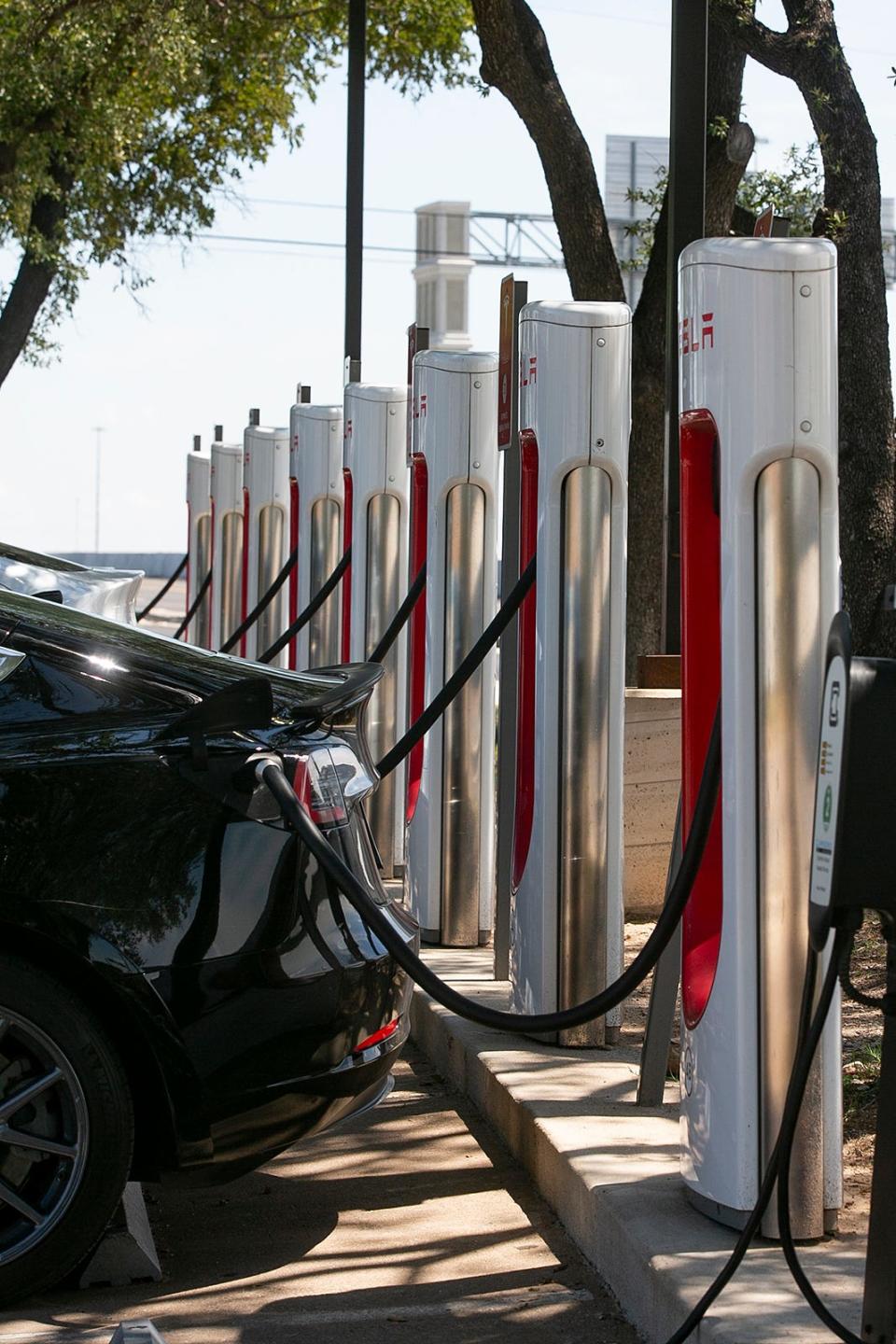
But others say that there is too much uncertainty in that scenario and that more rigorous government action is needed, and soon.
Time is the chief concern of Devashree Saha, a senior associate at the Washington, D.C.-based environmental nonprofit World Resources Institute. In April, the Intergovernmental Panel on Climate Change warned that humanity is perilously close to already baking in 1.5 degrees of warming, which would likely lead to a significant rise in the numbers of droughts, heat waves, and extreme storms devastating communities across the globe.
Find more statistics at Statista
If anything goes wrong – Americans don’t adopt new technologies quickly enough, supply chain or workforce limitations fail to meet demand – then the bill’s incentive-laden policies could fail to deliver in time. Saha said that creates a need for the Biden administration to quickly follow up the bill with regulations forcing greenhouse gas reductions in sectors of the economy like energy generation and transportation.
“Tax credits are doing their function, but they cannot be a solution to every barrier and challenge,” Saha said. “We need more ambitious federal policies.”
Regardless of exactly how they think the energy transition will play out, experts say Americans need to know one thing: There’s still work to do.
“It’s not game over. It’s game on,” Foley said. “Let’s roll up our sleeves.”
The case for optimism
Despite a growing sense of climate doom in many corners of American society over the past decade, Orvis said something good was happening all along.
We’ve been cutting greenhouse gas emissions. A lot of them.
U.S. emissions have decreased by one-fifth since 2007, Environmental Protection Agency data shows. Even without the Inflation Reduction Act, modeling by Energy Innovation shows those reductions would have likely reached nearly a quarter by 2030.
But with the bill’s boosts included, the group’s modeling now predicts the U.S. could hit up to 41% reduction by the end of the decade, driven largely by switching commercial energy generation from gas and coal to wind and solar. That means in less than a 25-year period, the U.S. could very nearly halve emissions that it took 150 years to ramp up. And it aligns with a plan Energy Innovation created showing a pathway to net zero emissions by 2050.
“Broadly speaking, a lot of the reductions we (modeled) for 2030 are from the power sector, and that overlaps pretty nicely with what we’re finding” in the Inflation Reduction Act, Orvis said.
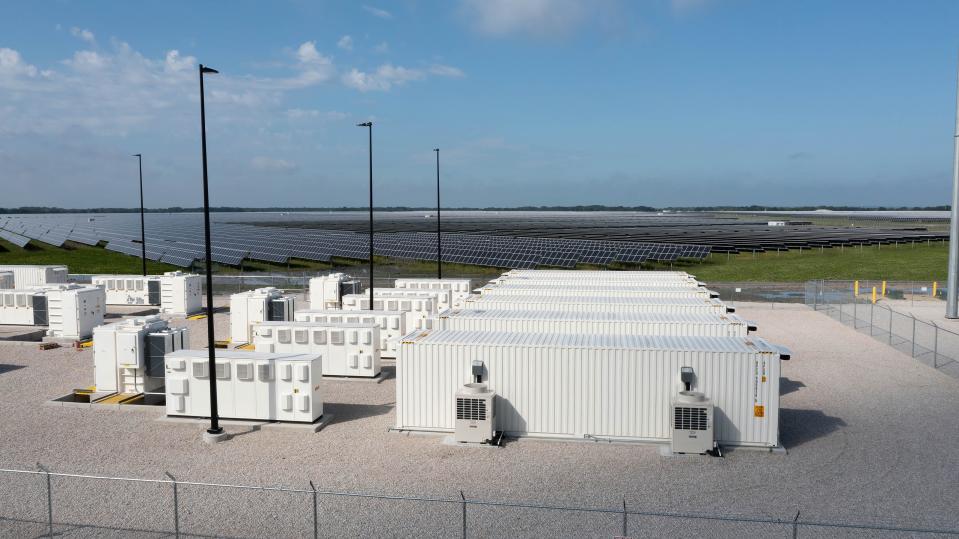
Once targets have been reached in the power sector – responsible for about a quarter of U.S. greenhouse gas emissions – attention would next turn toward the transportation and industrial sectors, which account for another 51%.
Seeds planted by the Inflation Reduction Act should be blooming in these sectors after 2030, Orvis said. The costs of electric vehicles and home appliances like induction stovetops and heat pumps will have come down, transforming the market and dominating new sales.
Similar dynamics in the industrial sector – the makers of everything from cement and steel to cars and clothing – should follow as new, cleaner technologies developed with funds in the bill come online. Government likely will need to step in to require the phaseout of fossil fuel-based technologies by 2050, but Orvis said that should be made more palatable and affordable by the advances.
More: Experts: Cash incentives in climate bill could revolutionize US homes, 1 HVAC at a time
“That’s one of the great things about this bill,” Orvis said. “It’s going to set up the U.S., through all of the investment in manufacturing and clean energy, to be able to deploy at scale the solutions that are needed through 2050 to get us to that net zero.”
Even if the U.S. accomplishes its goals, the rest of the world will need to follow. But Foley sees promising signs abroad, too, even if they take some digging to find.
In a game of economic catch-up, China’s emissions have risen as those in the U.S. have fallen. The country’s greenhouse gas emissions tripled over the past three decades, now accounting for 27% of global emissions, more than double the U.S. and quadruple the European Union, according to analysis from the Rhodium Group.
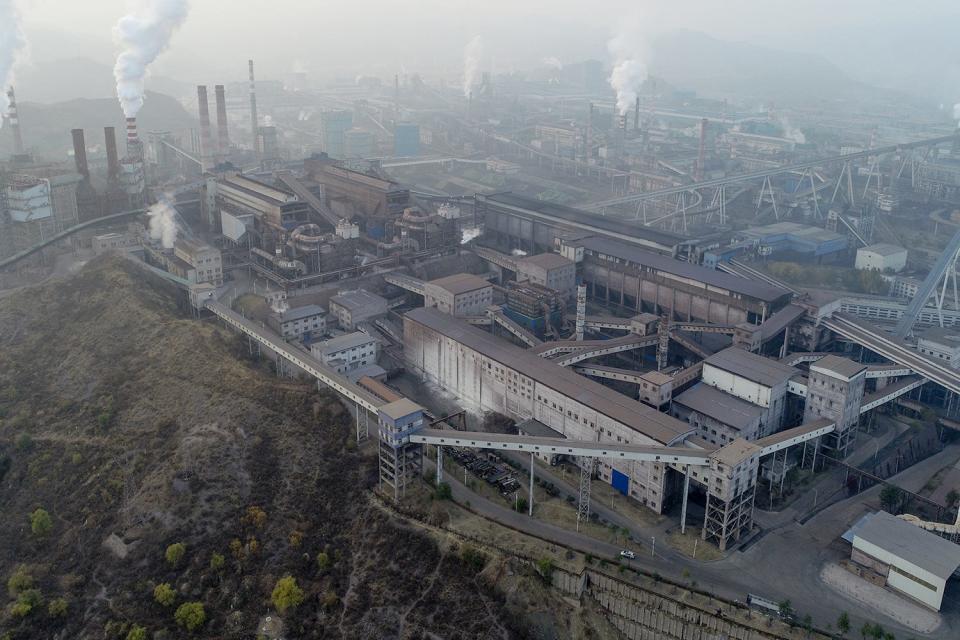
But Foley keeps an eye on the money. China has outspent the U.S. about 2-to-1 on climate investments over the past decade and by even more in 2021, according to BloombergNEF. Its $266 billion of investments in technologies like renewables and electric vehicles last year marked more than a third of total global investments in the sectors.
That shows Foley that China is serious about its stated goal to peak emissions by 2030 and reach net zero by 2060, a decade behind the target for the U.S. and other wealthy nations. If anything, Foley said, China’s dominance of solar manufacturing and efforts to also be a world leader in electric vehicles place it ahead of the curve.
“China sees the writing on the wall,” Foley said. “It’s true that China needs to act … but the answer is they are."
Meanwhile, it appears American industry is also starting to roll, Foley noted. Last year, $75 billion in U.S. venture capital was spent on clean energy technologies, Foley says, which is more than the $40 billion to $45 billion the Inflation Reduction Act will average a year over the next decade.
The competition will accelerate an already existing global trend that has made solar the cheapest form of energy on the planet, Foley predicted.
“I’m looking around saying 'Holy cow,'” he said. “These changes are good. They’re growing. They’re getting cheaper.”
The case for caution
As director of the International Renewable Energy Agency’s Innovation and Technology Centre in Bonn, Germany, Dolf Gielen surveys the globe for good signs on energy transitions. He said there is a lot to like about the Inflation Reduction Act.
“I think it’s a very positive development, to give stronger momentum to renewables and climate solutions in the U.S.,” Gielen said.
But from his perch overseas, Gielen also sees cracks. Polling by YouGov in 2020 found that about 1 in 5 Americans deny the climate is changing or that humans are causing it, double the number in countries like Gielen’s Germany. That makes the U.S. an international outlier, which Gielen called “dangerous.”
In addition, a combination of regulation and opposition to development has left the U.S. facing a tremendous backlog in building out new solar and wind farms, as well as the power lines needed to carry that energy to homes. Gielen said the lack of new energy infrastructure presents a major problem.
“Cost is no longer the biggest issue,” Gielen said. “There are fantastic wind resources in the central U.S. But if you cannot build transmission lines to the coasts, you can’t use it.”
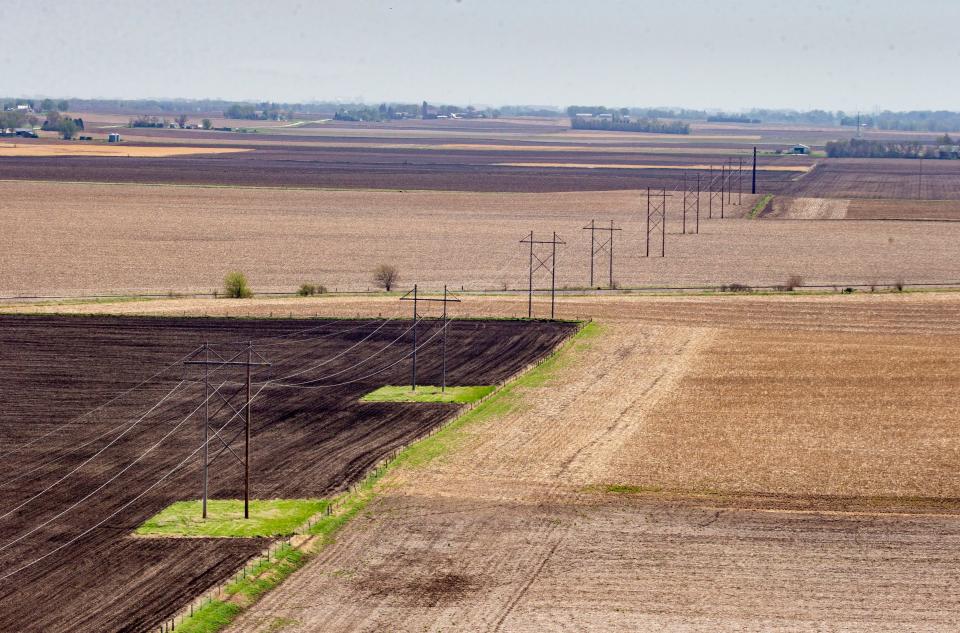
Gielen sees other causes for concern around the globe.
Just last year, many European nations began to agree that they needed to quickly stop the use of all fossil fuels. But then Russia invaded Ukraine, leading to a disruption of gas flows to Europe.
At the same time, literal cracks in French nuclear plants led to facilities being powered down, in a nation that gets about 70% of its energy from the technology. More recently, a historic heatwave has warmed and dried out rivers used for cooling power plants across Europe, leading to further power reductions.
An energy crisis quickly emerged, and the tenor changed.
“The message was, leave your gas in the ground,” Gielen said. “Now some countries are saying, ‘We need to buy gas.’ … That sends to the audience very confusing messages.”
Developing nations in Africa could see the West wavering and decide against prioritizing climate, Gielen said. And in Asia, a recent flare-up over Democratic House Speaker Nancy Pelosi’s visit to Taiwan led China to declare it would no longer communicate with the U.S. on climate policy. That shows how delicate progress can be, Gielen said.
“Keeping the international community together will be key,” he said.
Gielen also agrees with Saha, from the World Resources Institute, that the speed of adoption of new technologies is an unpredictable variable.
In the U.S., total electric vehicle sales grew nearly 100-fold over the past decade, with more than 2 million on the road, according to Environment America. Plug-ins now represent more than 5% of new vehicle sales, a figure some say is a crucial tipping point to mass adoption.
But 7 in 10 Americans say they still plan on buying a gasoline vehicle for their next purchase, according to polling by Deloitte. And current EV sales are a far cry from the 50% of market share needed by 2030, especially with supply chains currently snarled, Gielen said.
Saha sees similar challenges to adopting home appliances, like electric induction ovens.
Many home cooks are wedded to natural gas stoves, a challenge even in her own Indian-American household. She believes Americans will eventually come around to adopting such technologies once they learn of their other benefits; induction stovetops are highly energy-efficient, don’t create dangerous byproducts and are cool to the human touch. But just how quickly they come around is uncertain.
Finally, Saha said, the American workforce is a crucial question. The average age of a home contractor is increasing. Real estate developers and similar professionals report a lack of dependable labor. Many analyses predict the clean energy transition will create millions of good-paying jobs, but Saha wonders if there will be enough workers to fill them.
“There’s so much money in (the bill), but do we have trained workers to come into your house and replace your gas appliances?” Saha said.
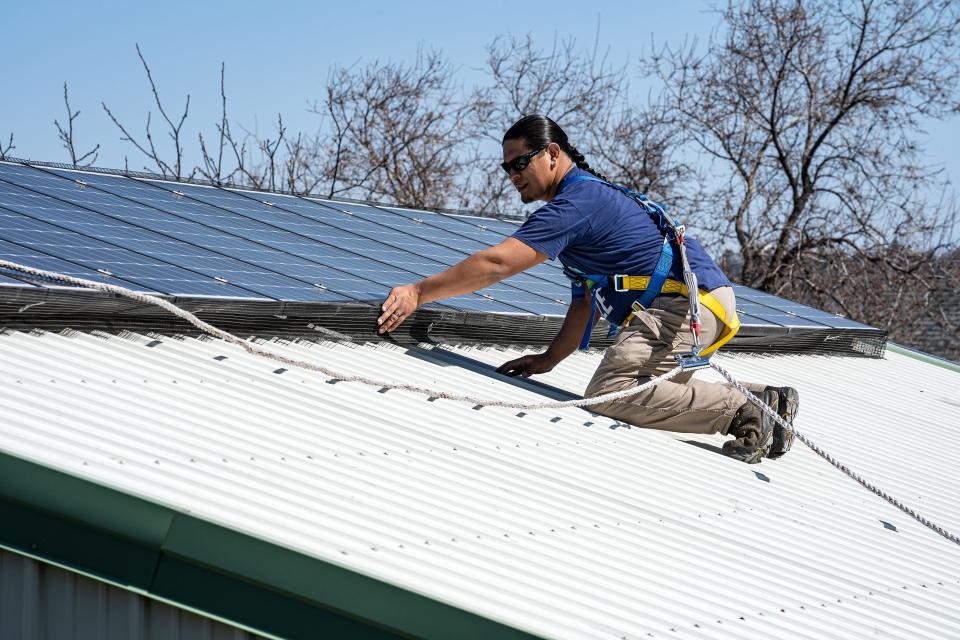
The road ahead
Just how much further the U.S. government needs to assert itself is now a central question among climate advocates.
Saha believes the uncertainties represent a gamble not worth taking. She said the federal government must insert itself again, and soon, following up the incentive-laden bill with regulations that force a swift transition. That could mean rules requiring the U.S. power sector to swiftly wind down fossil fuels in favor of renewables or similar measures requiring car manufacturers to phase out gasoline-powered cars.
“I don’t think you can wait until 2030 and then think about what needs to be done,” Saha said. “We already know these answers. … We need more ambitious federal policies.”
Foley agrees that there is a need for more U.S. climate policy. But he’s watched decades of regulation-based efforts break apart at the altar of American politics, most recently when a U.S. Supreme Court decision significantly handicapped the EPA’s ability to rein in emissions from the country’s power sector.
More: 'Big problems': The Supreme Court handcuffed EPA on climate change. What comes next?
The incentive-laden inflation act, he said, solved the puzzle and generated progress. He acknowledges what to do next is a “big debate” but worries prioritizing federal regulation could be the wrong approach.
“A lot of people believe that innovation, technology and markets will win the day. And I think that’s going to be a lot of the story,” Foley said. “Most climate solutions are going to beat fossil fuels in the market. They’re going to be better, cheaper and faster. That’s what I think the world is going to respond to. It doesn’t necessarily require the heavy hand of policy.”
Kyle Bagenstose covers climate change, chemicals, water and other environmental topics for USA TODAY. He can be reached at kbagenstose@gannett.com or on Twitter @kylebagenstose.
This article originally appeared on USA TODAY: Biden Inflation Reduction Act is a win, but climate change isn’t over

 Yahoo Movies
Yahoo Movies 